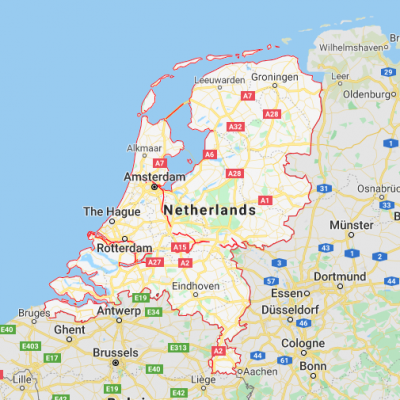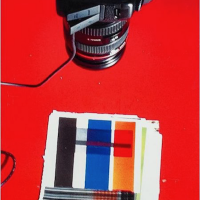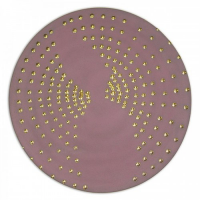
Netherlands
The contemporary art scene in the Netherlands is renowned for its innovative spirit and diverse creative expressions. Key institutions like the Stedelijk Museum in Amsterdam and Museum Boijmans Van Beuningen in Rotterdam showcase internationally acclaimed artists and foster emerging talent. Prominent figures such as Marlene Dumas, known for her thought-provoking paintings, and Rineke Dijkstra, celebrated for her intimate portraiture, underscore the country's contribution to contemporary art. Events like the annual Amsterdam Art Weekend further highlight the Netherlands' dynamic art scene. Discover Dutch contemporary art on Composition Gallery's website.
Show All
- Show All
- Established
- Discoveries
Show All
ARTWORKS RELATED TO NETHERLANDS
Willem de Kooning
Rainbow: Thelonious Monk, Devil at the Keyboard (AP), 1972 / 76
Limited Edition Print
Lithograph
Currently Not Available

Arte Nucleare was the name of an artist group founded in Milan in 1951. The group aimed to create art that responded to the dangers and technologies of the nuclear age. Their works often utilized automatic techniques and depicted devastated landscapes and mushroom clouds, reflecting the anxieties of a world on the brink of nuclear catastrophe.

Digital art refers to artistic practices or works that utilize digital technology as an essential component of both the creation and presentation process. Since the 1970s, various terms like multimedia and computer art have been used to describe this practice. Digital art is a subset of the broader category known as new media art, which has brought significant changes to the art world. Technology has transformed traditional forms of painting, drawing, sound/music, and sculpture into new digital formats, expanding the possibilities of artistic expression.





















